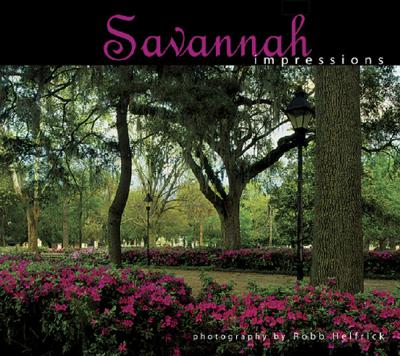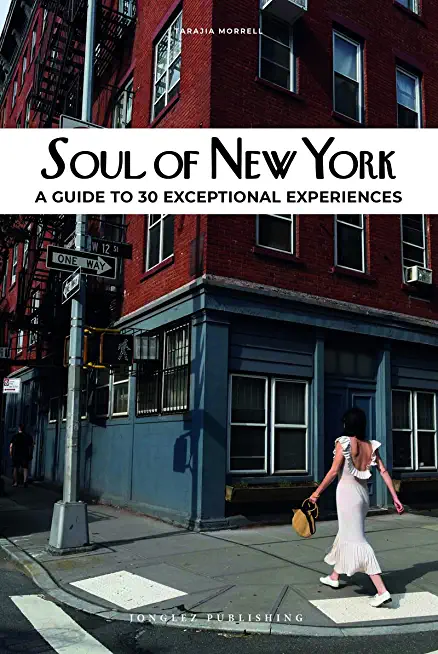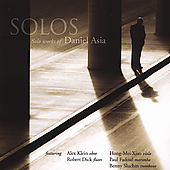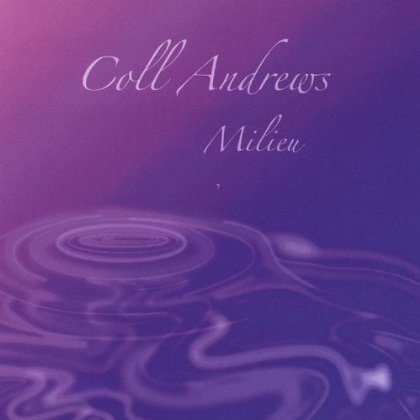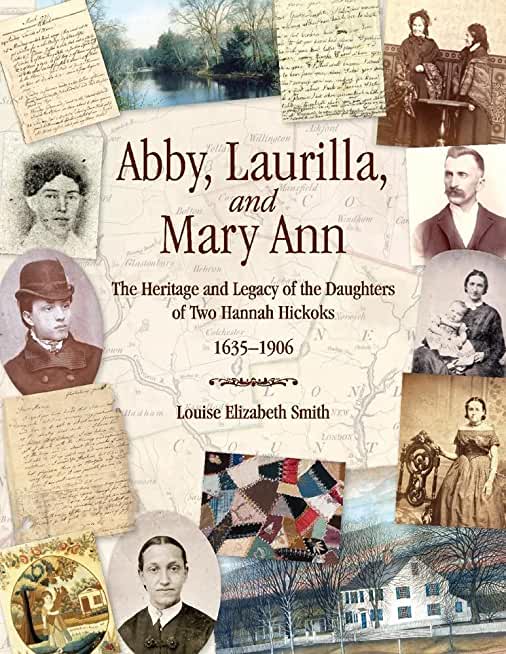
Smith, Louise Elizabeth
product information
description
8Abby, Laurilla, and Mary Ann presents two first cousins named Hannah as their Hickok family story unfolds through nearly three hundred years of Connecticut and United States history. The narrative focuses on Hannah Hickok Smith and her daughters Abby, Laurilla, Zephina, Cyrinthia, and Julia (in Glastenbury, Connecticut) and the younger cousin, Hannah Hickok Eldred and her daughter Mary Ann (in Lumberland, New York). Abby, Laurilla, and Mary Ann examines the influence that the Bible, the Magna Carta, and events in 1600's Old and New England had on people who, in later centuries, opposed taxation without representation, provided education for women, fought against slavery, or endorsed the right of women to vote. Abby, Laurilla, and Mary Ann highlights American historical figures Marquis de Lafayette (a Revolutionary War hero), Sarah Pierce and Emma Hart Willard (advocates for girls' education), William Lloyd Garrison, Susan B. Anthony, Lucretia Mott, and Lucy Stone (abolitionists who endorsed a woman's right to vote). Abby and Julia Smith are featured in the 1870s when the elderly sisters gained national attention as they confronted their town's unfair taxes and questioned why women in the United States could not vote. The Misses Smith's articulate letters and speeches (sometimes sarcastic, but never hateful) recalled principles from history and the Bible to challenge those in power to do what was reasonable and right. ?Sources for Abby, Laurilla, and Mary Ann include: 1680s land deeds; 1769-1891 journals, diaries, and letters; original newspaper accounts and books (some online); records from historical societies and town clerks; and recent historical books. ?The 150 sidebars, 2 family trees, 330-year timeline, 35 poems, and 320 images (including 14 letters, 14 old and new maps, and 7 journal pages) provide glimpses into long ago times that still have relevance. Researchers will appreciate the 14 pages of endnotes and the names of over 1,500 people, places, and events in the index.
member goods
No member items were found under this heading.
listens & views
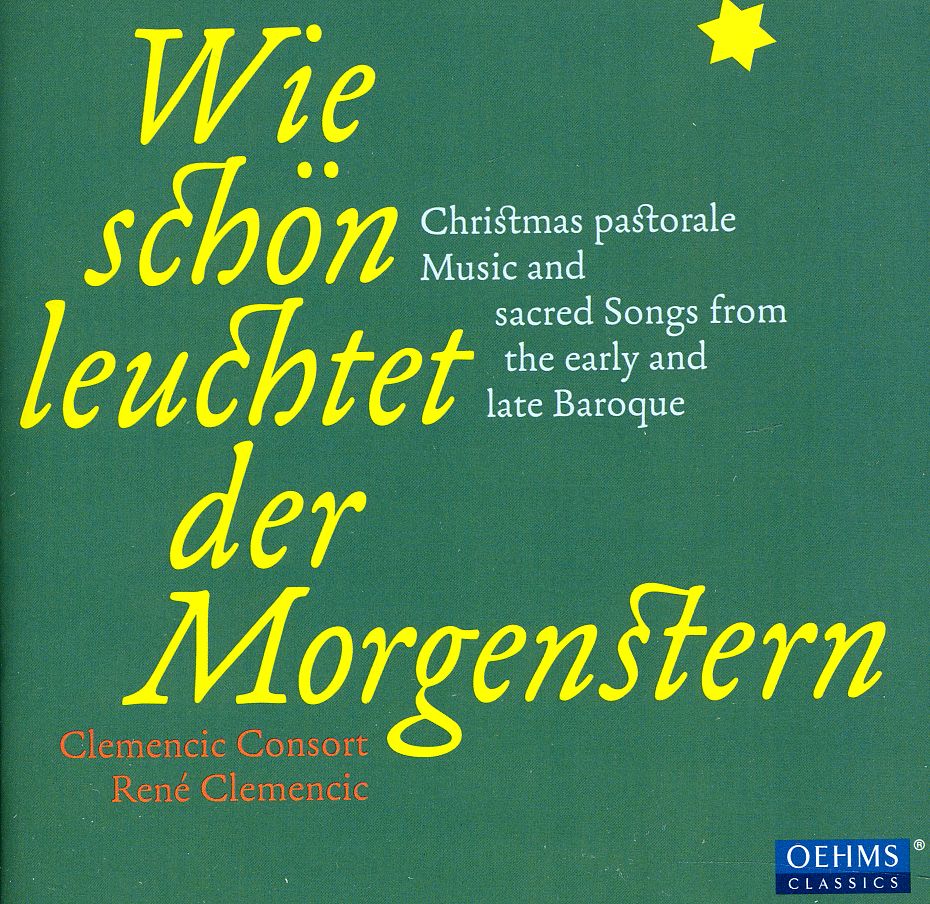
WIE SCHOEN LEUCHTET DER MORGENSTERN ...
by WIE SCHOEN LEUCHTET DER MORGENSTERN / VARIOUS /
COMPACT DISC$18.49
Return Policy
All sales are final
Shipping
No special shipping considerations available.
Shipping fees determined at checkout.
